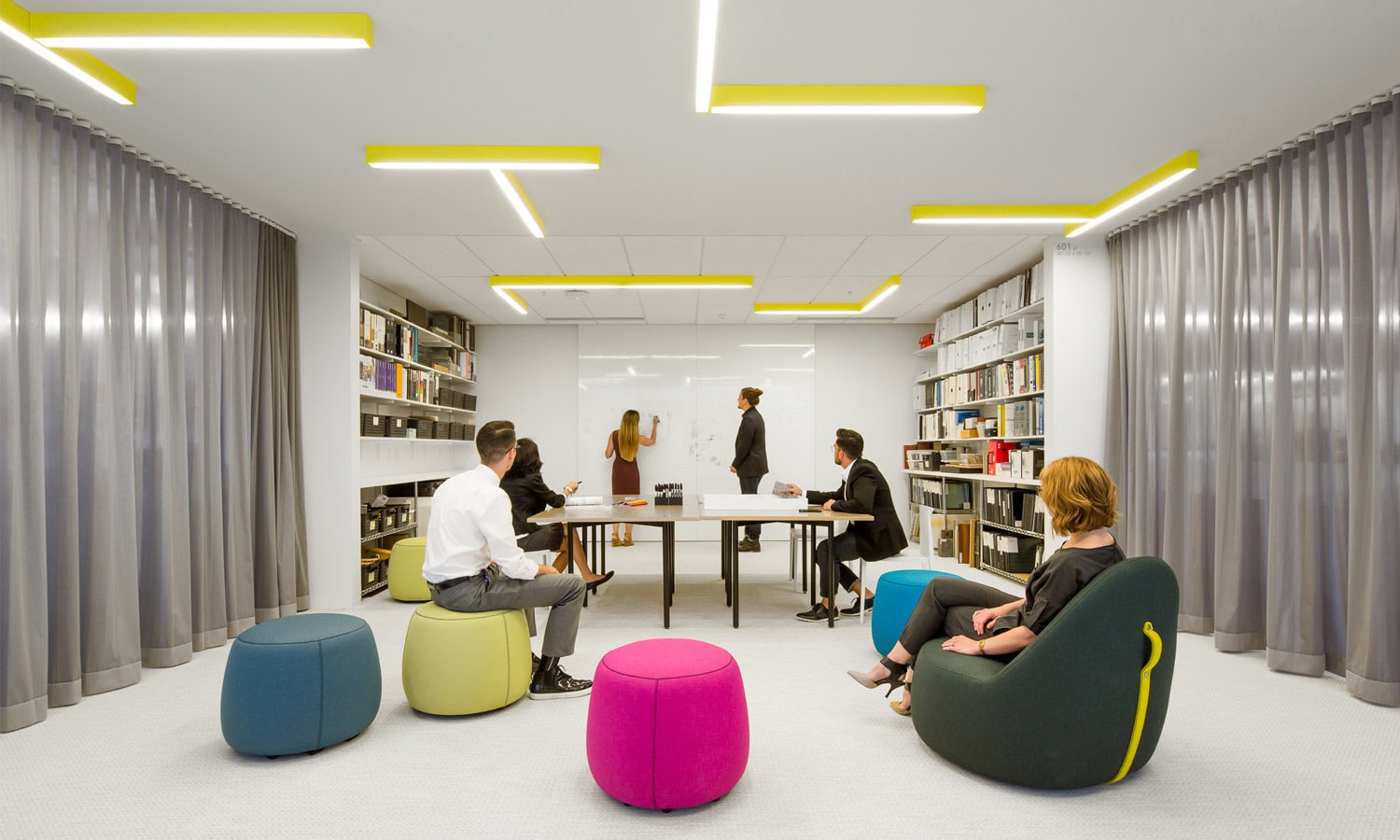
[Photo: Courtesy of Carnegie]
As she approached the renovation of a language lab at the University of Virginia, Jennifer Greenhalgh, owner of Jackson + Park Design, faced a challenge. On any given day, multiple students were in the space, speaking various languages to each other or with an online partner. All those intermingled voices weren’t simply noisy; they were disruptive to the students. They needed a space where they could concentrate.
The solution? An acoustical design that would help absorb the voices. Greenhalgh found that in Xorel Artform, an acoustical paneling system installed on the walls. She worked with the design team at Carnegie, inventor of the pioneering Xorel textile, to choose among 11 panel shapes and 300-plus patterns, colors, and textures to find the perfect fit for the space. The resulting installation created an environment where students could focus on speaking and listening. In addition, it’s bright and vibrant—a vast improvement over the previously dull, gray room. “It made it more fun to be in that space,” Greenhalgh says.
5 Things to Consider When Designing for Sound
1. Focus On Versatility.
When thinking about designing for sound, forget a cookie-cutter approach. “Every activity has its own challenges, and therefore its own acoustical design,” says Heather Bush, executive vice president of creative for Carnegie.
With the language lab, as in all educational settings, acoustics are fundamental, Bush says. If students can’t concentrate due to noise, they won’t be able to succeed. But what works for one student may be untenable for another, adds Mary Holt, executive vice president of creative for Carnegie. Someone may work best with a radio playing, while that would drive others, including Holt, to distraction. “Sound and problems with sound are very individual,” she says. “You’re trying to create solutions that are flexible enough to work for different people in different spaces.”
For example, Carnegie worked with furniture manufacturer Vitra on its New York office. Vitra’s open layout allows for ample collaboration between employees. However, they needed to add some visual and acoustic privacy. That’s where Carnegie’s acoustic sheers came in. Installing Betacoustic drapes around a videoconferencing area as well as a customer-facing space dampened sound while preserving the light flow throughout the room.
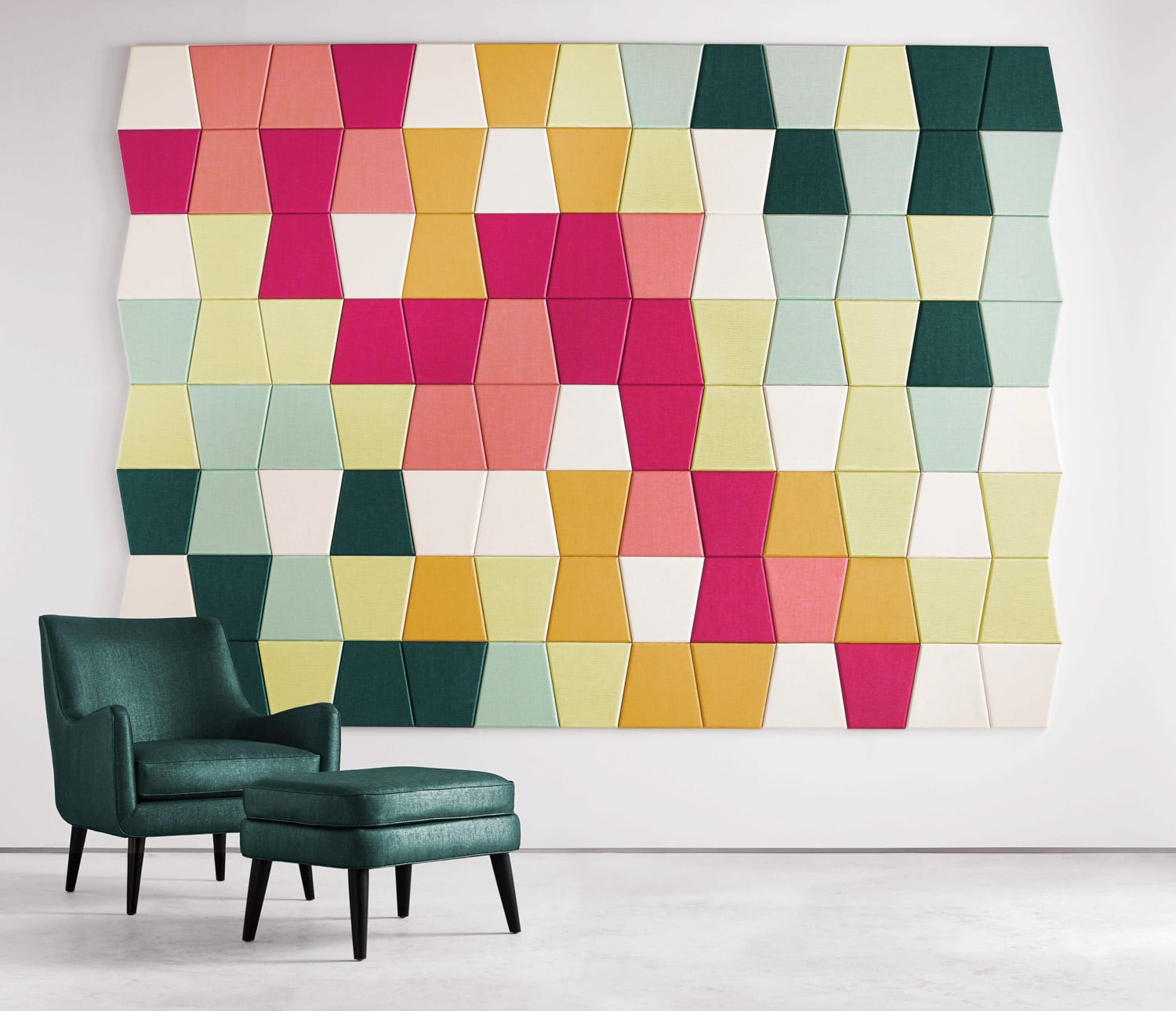
[Photo: Courtesy of Carnegie]
2. Consider Installation and Maintenance.
When choosing an acoustic solution, it’s important to consider not only the finished product but the process of getting there, too. For Greenhalgh, the installation process was stress-free. The panels were affixed using a heavy-duty adhesive following the design created by her partners at Carnegie. And unlike other panel systems, Xorel Artform is easily cleaned by wiping the panels down, preventing a buildup of dust or grime.
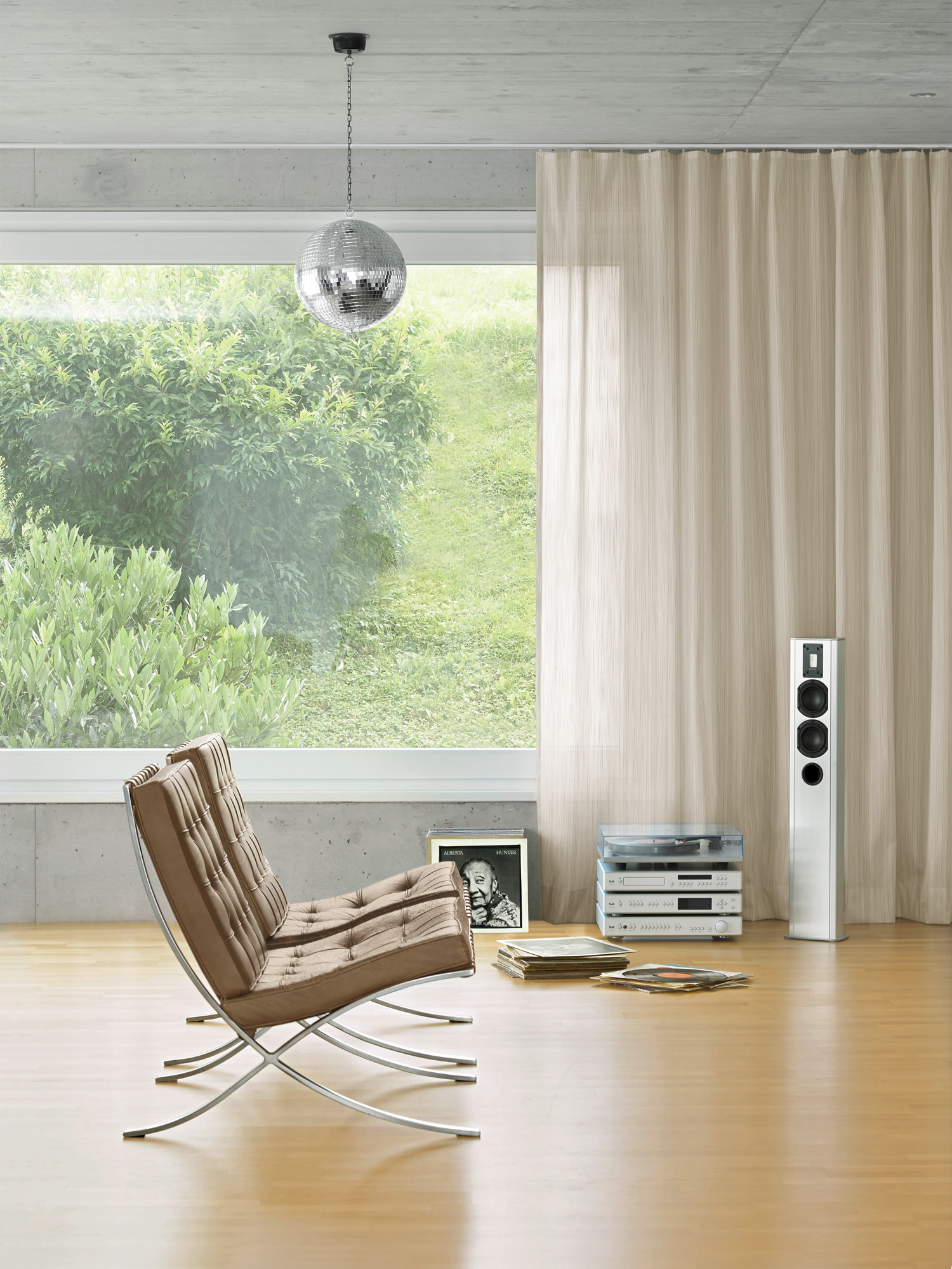
[Photo: Courtesy of Carnegie]
3. Collaborate With Your Suppliers.
Greenhalgh used Carnegie’s Design Ally program to determine exactly which color, texture, and pattern to use in the language facility, as well as in subsequent projects at the University of Virginia. Design Ally is exactly as it sounds: Carnegie’s design team supports and guides the client through the entire process to ensure the end result enhances their vision.
By lending their expertise and perspective, the Carnegie designer helps bridge the gap between the client’s challenges and the product solution. The customer benefits from this knowledge, and Carnegie in turn gains an in-the-trenches look at how the textiles are being used in the real world—and what trends are on the horizon. “At Carnegie, we try to think of ourselves as the designer’s ally in every element of what we’re doing,” Holt says.

[Photo: Courtesy of Carnegie]
4. Be Prepared for Unintended Consequences.
The move toward open-concept workspaces and sustainable design has revolutionized how people work. But it’s also equalled some unexpected results. The increased focus on daylighting means spaces often have large windows, which cause sound to reverberate, Holt notes. And quieter, high-efficiency HVAC systems are great for reducing energy bills, but their previous iterations, while noisy, may have been masking sounds in a productive way. Luckily, there are solutions to these new challenges.
At the Children’s Hospital of Philadelphia’s pediatric research center, which opened in 2017, there are no interior columns, allowing for an open and collaborative space. But Holt says researchers needed some quiet spaces within that environment. Carnegie’s acoustic sheers solved that problem. “We’re working differently and experiencing spaces differently,” Bush says.
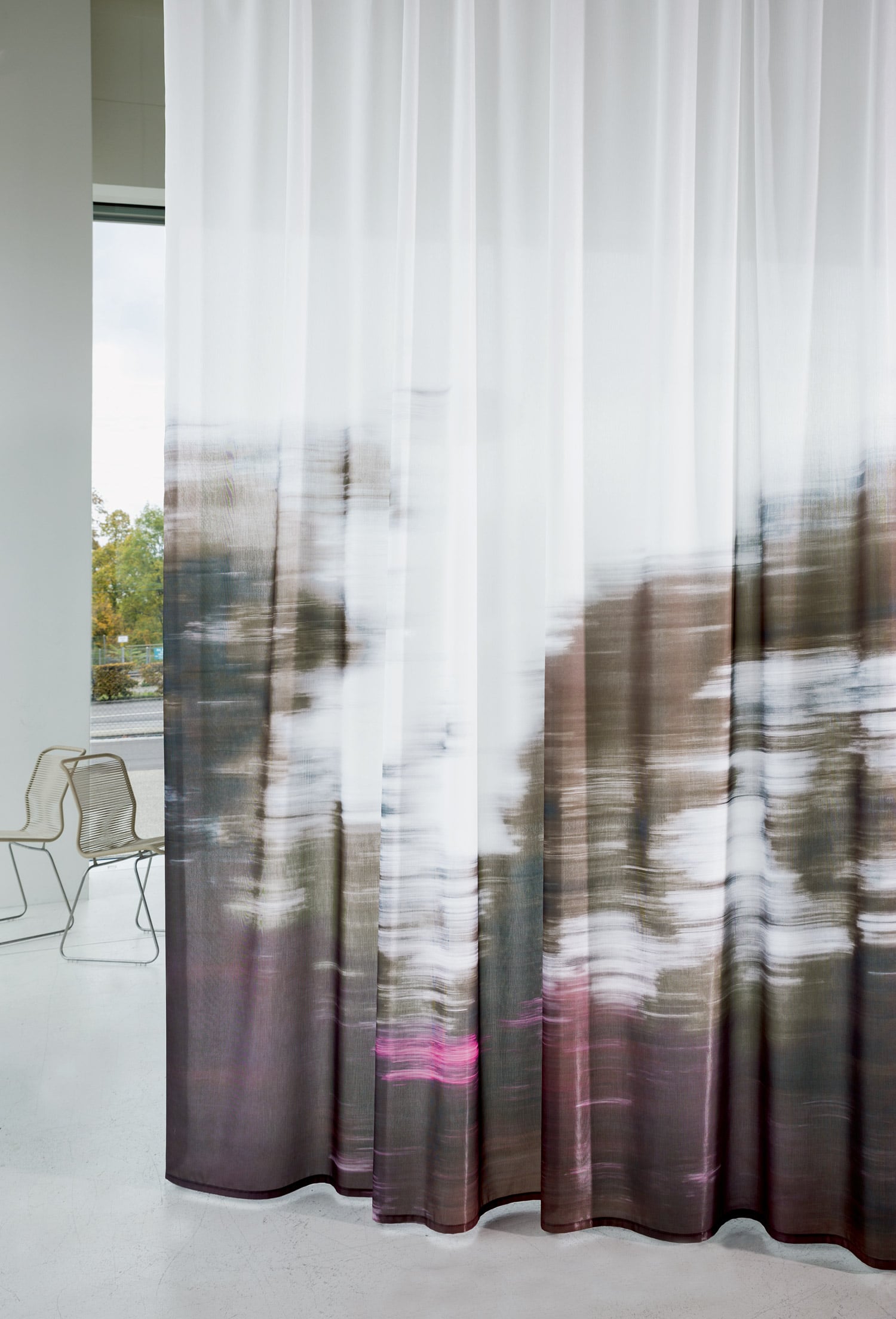
[Photo: Courtesy of Carnegie]
5. Choose Planet-Friendly Suppliers and Products.
Today’s specifiers expect manufacturers to make environmentally responsible choices. Carnegie’s commitment to sustainability means its products are all free of PVCs, and Xorel textiles are Cradle-to-Cradle certified. In addition, Carnegie is the only certified B Corp in the industry, meeting rigorous standards in social and environmental performance, accountability, and transparency. Bush says these credentials are increasingly important. “Designers are searching for good products that are environmentally sound and certified,” she says.
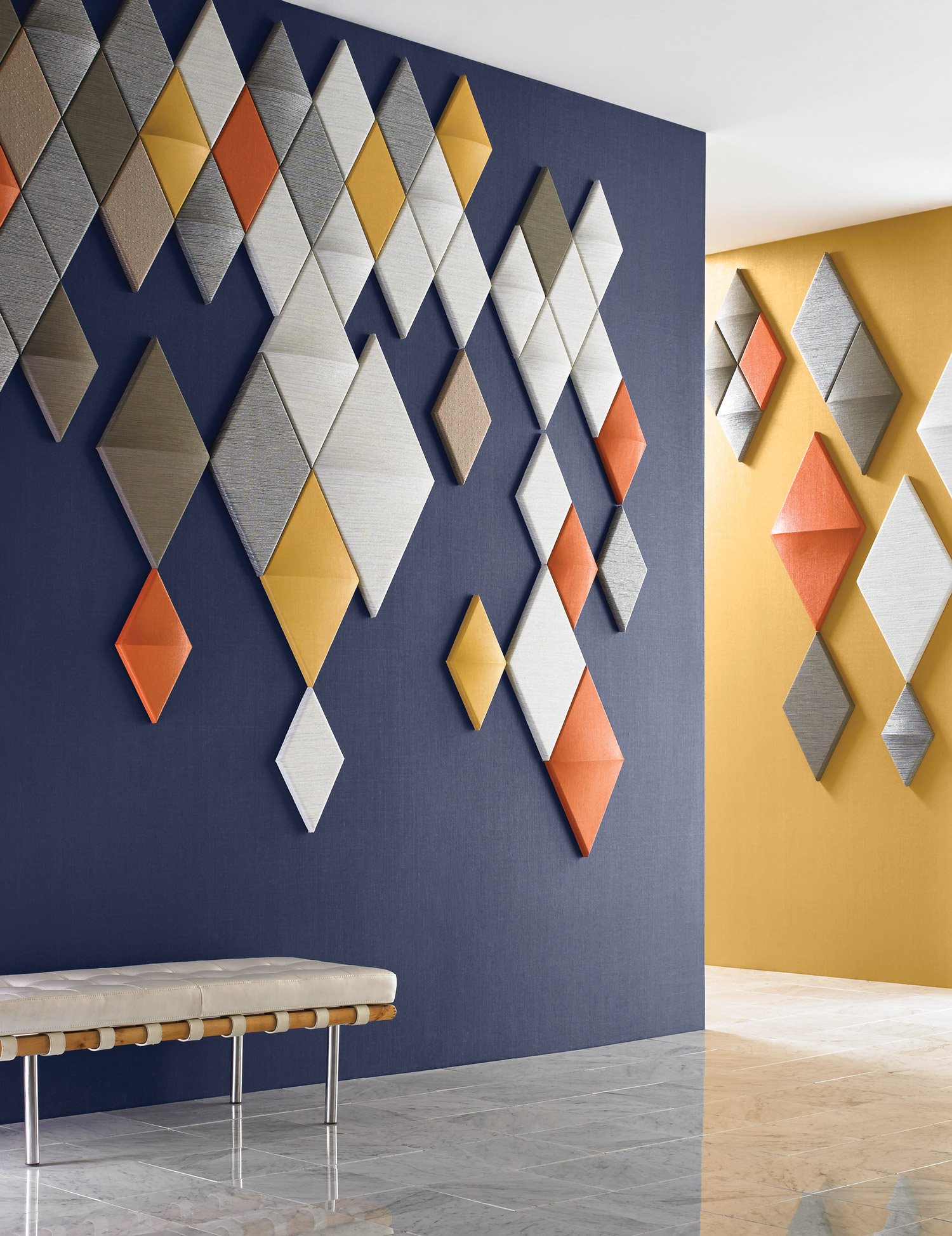
[Photo: Courtesy of Carnegie]
A Tale of Two Textiles
When you’re considering textiles from an acoustic perspective, there are two main types of products, Holt explains: acoustically transparent and acoustically absorbent. Carnegie offers multiple iterations of both varieties. So what’s the difference?
Acoustically transparent: These allow sound to pass right through the fabric. Because the sound waves aren’t deflected, these textiles are used to wrap acoustical panels. The sound is able to pass through the fabric into the panel, which then absorbs it as designed.
Acoustically absorbent: These fabrics absorb the sound. In the past, heavy velvet was the go-to absorbent fabric. However, Carnegie has developed lighter, airier textiles in recent years that thoroughly absorb noise without sacrificing a modern aesthetic.
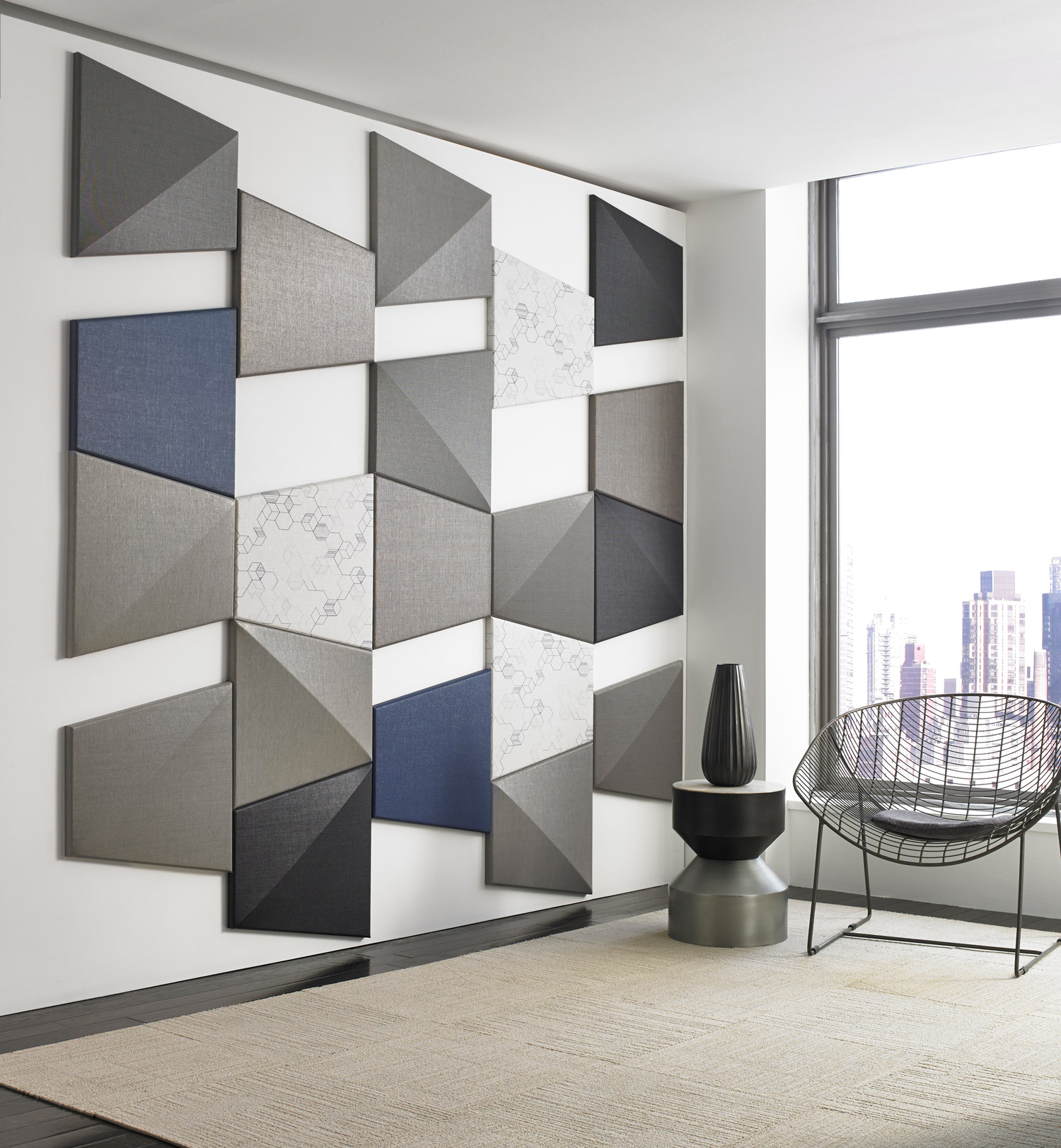
[Photo: Courtesy of Carnegie]
As Seen In
You’ll find Carnegie’s work at:
-
University of Virginia
-
Vitra
-
Marriott
-
Northwestern University
-
Ronald McDonald House
-
Children’s Hospital of Philadelphia
-
Merchandise Mart
Learn more about Carnegie Fabrics and see related content about acoustic solutions.

